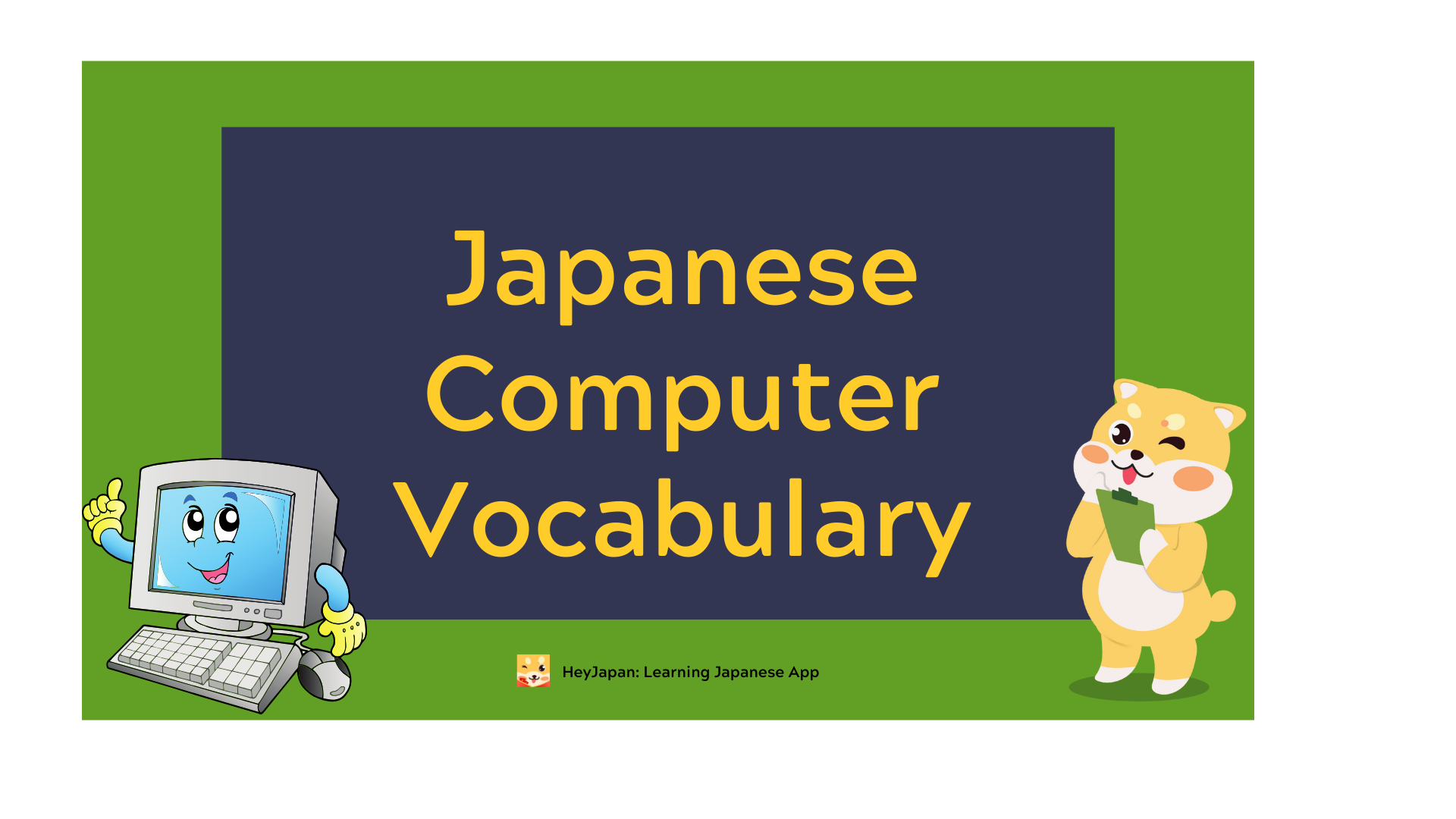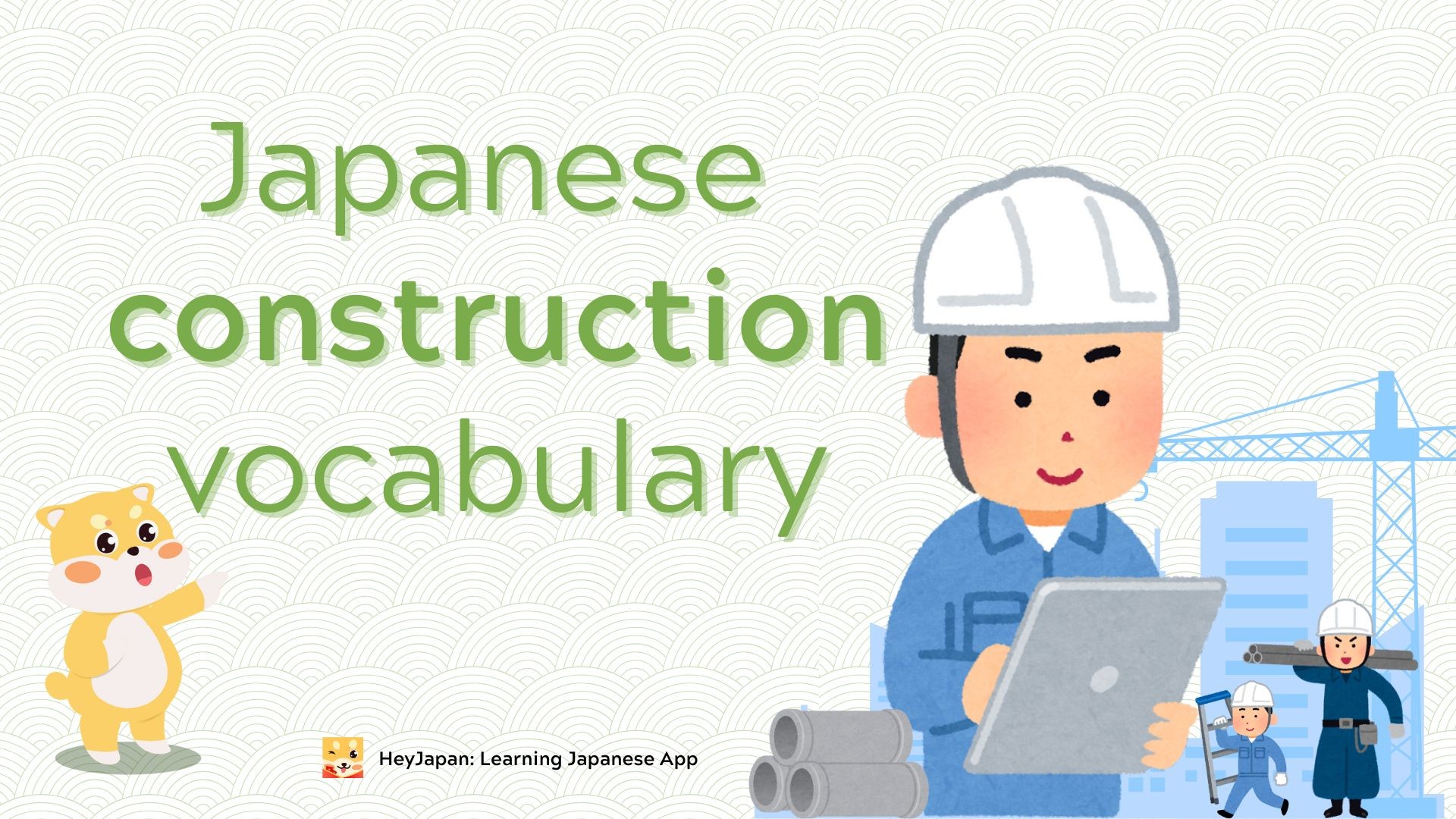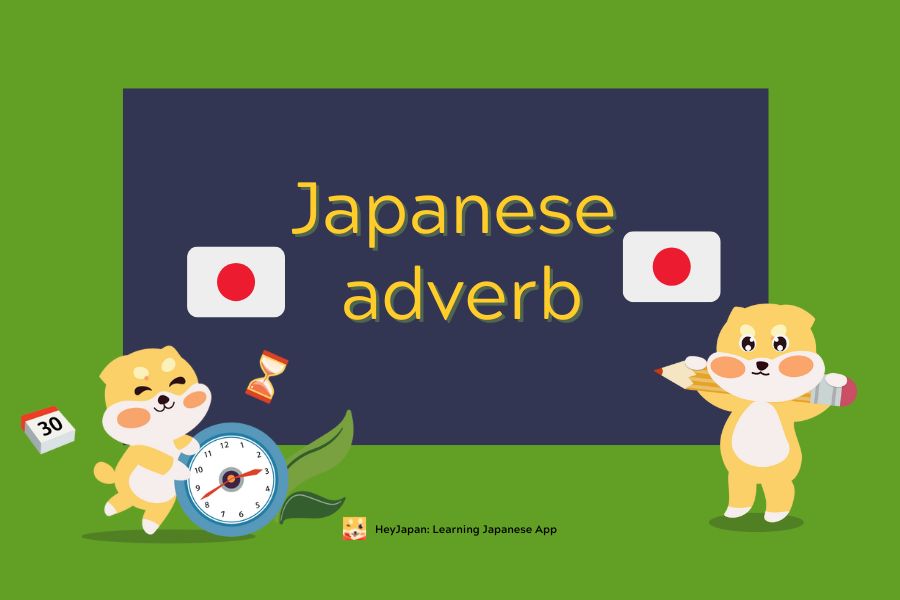- How to Say Good Afternoon in Japanese
- こんにちは (Konnichiwa)
- Japanese Greetings for Different Times of the Day
- Good Morning – おはよう (Ohayou) / おはようございます (Ohayou Gozaimasu):
- Good Afternoon – こんにちは (Konnichiwa):
- Good Evening – こんばんは (Konbanwa):
- Good Night – おやすみ (Oyasumi) / おやすみなさい (Oyasuminasai):
- Understanding こんにちは (Konnichiwa) in Depth
- When to Use "Konnichiwa"
- Appropriate Situations:
- Inappropriate Situations:
- Other Ways to Say Good Afternoon in Japanese
- Pro Tips for Mastering Japanese Greetings
- Practical Applications and Exercises
- Comparison Table for Japanese Greetings
Learning how to greet someone in Japanese is a key step in mastering the language and understanding its rich culture. Among these greetings, knowing how to say “Good Afternoon” in Japanese will make you more confident in daily conversations.
In this article, you’ll discover not only how to say "Good Afternoon" but also:
- When and how to use it correctly.
- The cultural context behind Japanese greetings.
- Tips to avoid common mistakes.
Let’s dive in and make your Japanese greetings flawless!
How to Say Good Afternoon in Japanese
The most common way to say “Good Afternoon” in Japanese is:
こんにちは (Konnichiwa)
- Meaning: "Good Afternoon" or simply "Hello."
- Usage: Typically used between 10:00 AM and 5:00 PM.
- Pronunciation Tip: Break it into syllables – kon-ni-chi-wa – with a soft and even tone.
While こんにちは is mainly used in the afternoon, it is also a versatile greeting for any neutral situation.
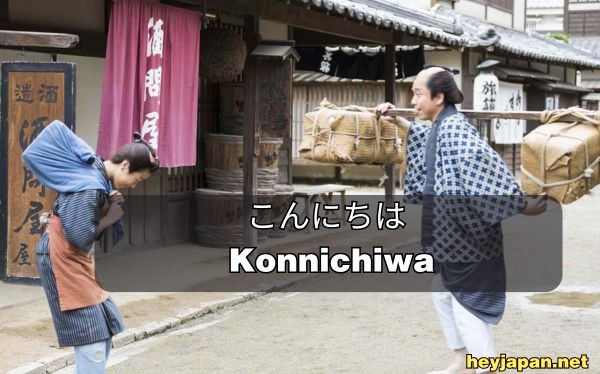
Japanese Greetings for Different Times of the Day
To better understand how Konnichiwa fits into daily conversations, here’s a breakdown of common greetings:
-
Good Morning – おはよう (Ohayou) / おはようございます (Ohayou Gozaimasu):
- Ohayou is casual and used with friends or family.
- Ohayou Gozaimasu is formal and perfect for workplaces or professional settings.
-
Good Afternoon – こんにちは (Konnichiwa):
- A standard and polite greeting for midday interactions.
-
Good Evening – こんばんは (Konbanwa):
- Used after sunset or during evening events.
-
Good Night – おやすみ (Oyasumi) / おやすみなさい (Oyasuminasai):
- Casual: Oyasumi (with close friends or family).
- Formal: Oyasuminasai (with elders or in formal settings).
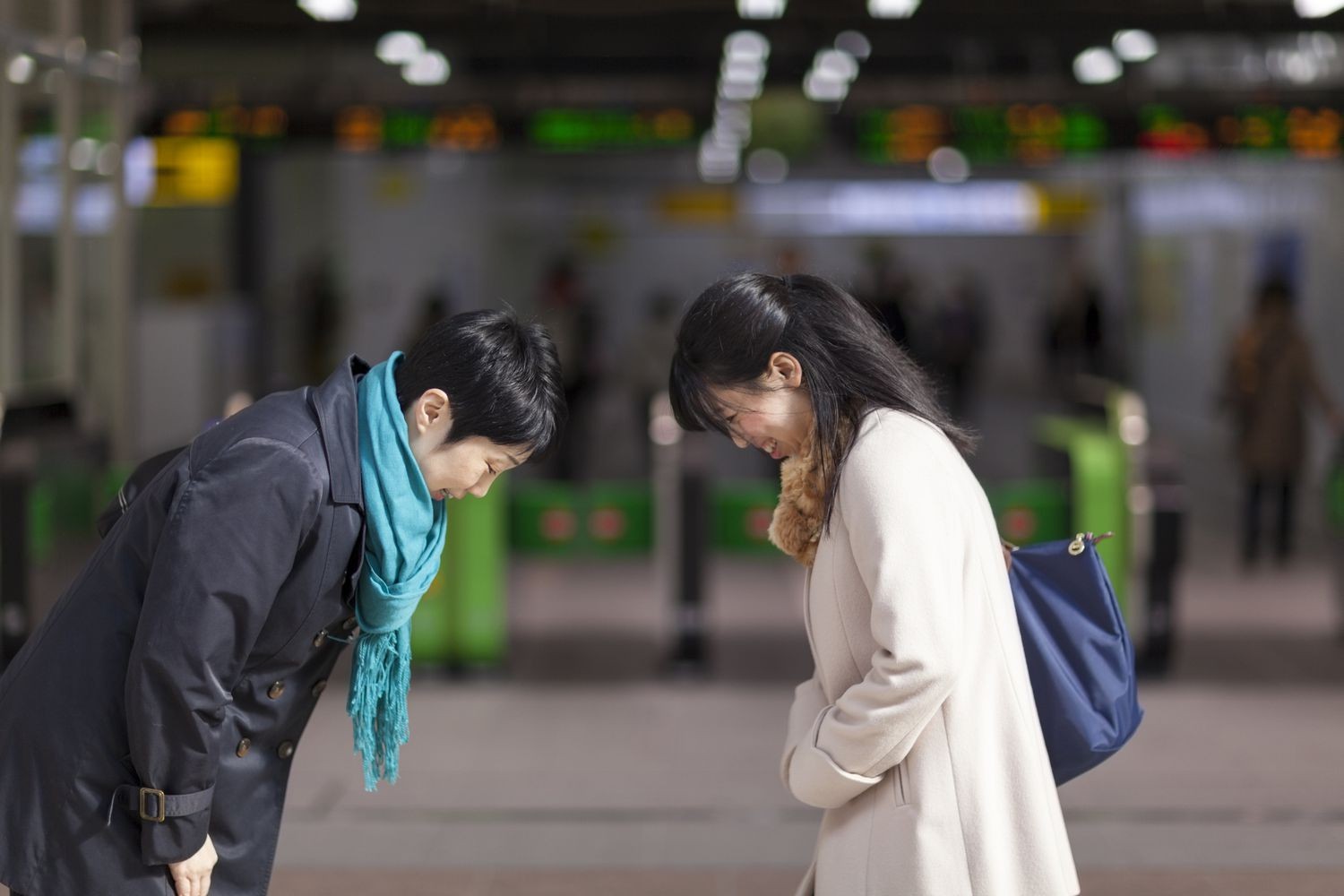
Understanding こんにちは (Konnichiwa) in Depth
- Origin and Meaning:
- Derived from the longer phrase 今日は (Konnichi wa), meaning “About today.”
- The use of wa indicates the topic marker in Japanese grammar.
- Cultural Insight:
- Reflects Japanese politeness, showing respect and acknowledgment of the other person's presence.
You may want to read: How to write help in Japanese
When to Use "Konnichiwa"
Appropriate Situations:
- Greeting someone during the afternoon in a professional setting.
- Saying hello when meeting someone for the first time.
- Starting a polite conversation with strangers.
Inappropriate Situations:
- Early in the morning or late at night.
- As a farewell phrase (use Sayounara or Jaa Mata instead).
You may want to read: What does Konnichiwa
Other Ways to Say Good Afternoon in Japanese
If you're looking for variety or want to sound more natural, try these alternatives:
- どうも (Doumo): A casual and friendly way to greet, similar to “Hey.”
- やあ (Yaa): An informal "Hi," often used among friends.
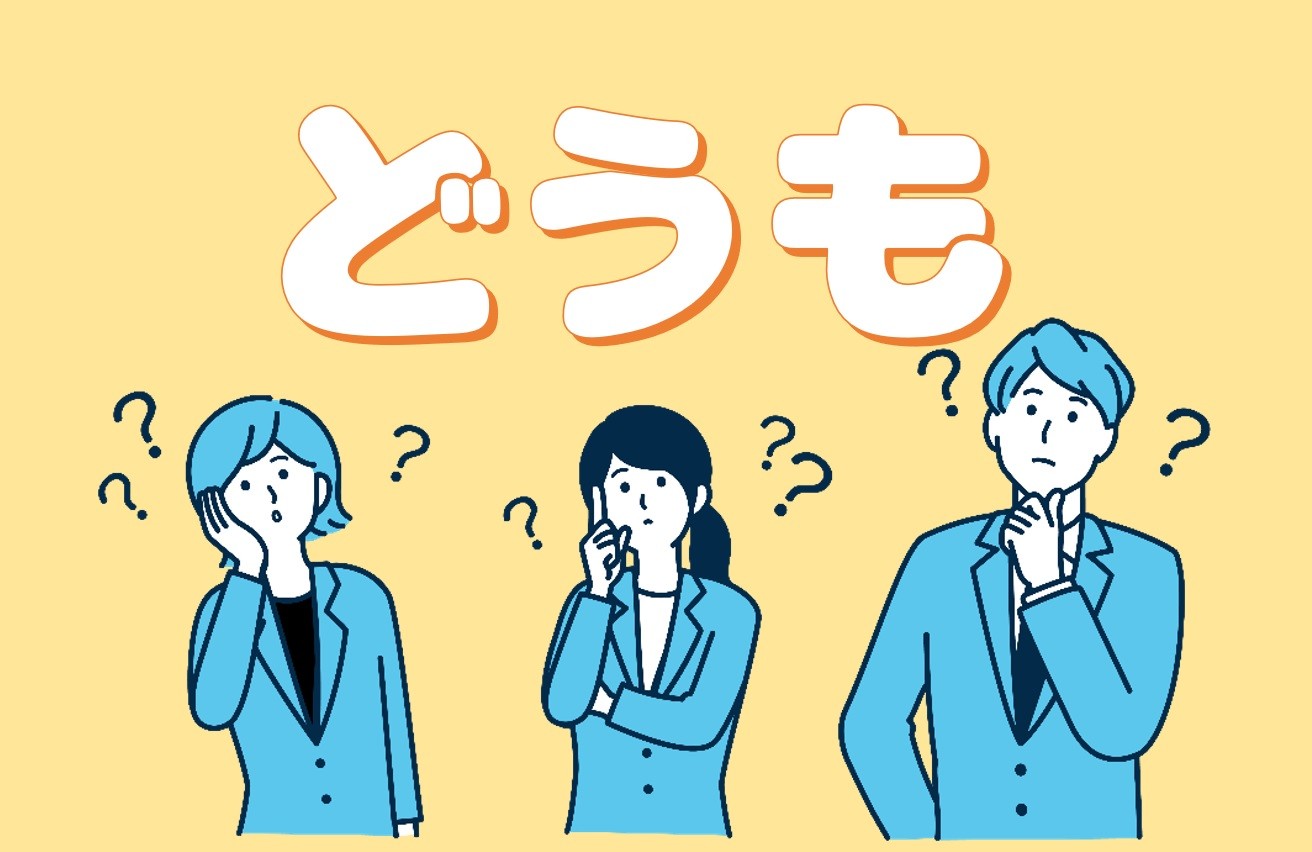
Pro Tips for Mastering Japanese Greetings
- Focus on Pronunciation:
- Use a soft tone with even pacing when saying Konnichiwa.
- Body Language:
- Bow slightly (around 15 degrees) to show respect when using Konnichiwa in formal settings.
- Avoid Common Mistakes:
- Don’t use Konnichiwa to answer phone calls. Instead, say もしもし (Moshi Moshi).
https://heyjapan.net/blog/detail/hello-in-japanese?hl=en
What Does Ja ne Mean? | Learn Japanese Goodbye Etiquette
Practical Applications and Exercises
- Practice Makes Perfect:
- Repeat こんにちは five times while focusing on natural pronunciation.
- Record yourself and compare it with native speakers.
- Real-Life Situations:
- Use Konnichiwa when meeting colleagues, neighbors, or shopkeepers during the day. After mastering the pronunciation of Konnichiwa, it's time to put your skills to use in real conversations. One of the best ways to improve is through consistent Japanese conversation practice. Explore our recommended exercises and role-playing scenarios to build confidence and fluency.
Learning greetings like こんにちは (Konnichiwa) is an essential first step, but to truly master Japanese, you need a comprehensive strategy. Wondering how can I learn Japanese effectively. Check out our guide for step-by-step tips, including resources, apps, and study schedules designed for beginners and advanced learners alike
Comparison Table for Japanese Greetings
| Time of Day | Greeting | Formality |
| Morning | おはよう (Ohayou) | Casual |
| おはようございます (Ohayou Gozaimasu) | Formal | |
| Afternoon | こんにちは (Konnichiwa) | Neutral |
| Evening | こんばんは (Konbanwa) | Neutral |
| Night | おやすみ (Oyasumi) | Casual |
| おやすみなさい (Oyasuminasai) | Formal |
Saying Good Afternoon in Japanese with こんにちは is simple yet essential for polite communication. Whether you’re meeting someone new or greeting a colleague, using Konnichiwa correctly will leave a great impression.
Ready to level up your Japanese skills? Start practicing today and explore more greetings to deepen your cultural connection with Japan!

